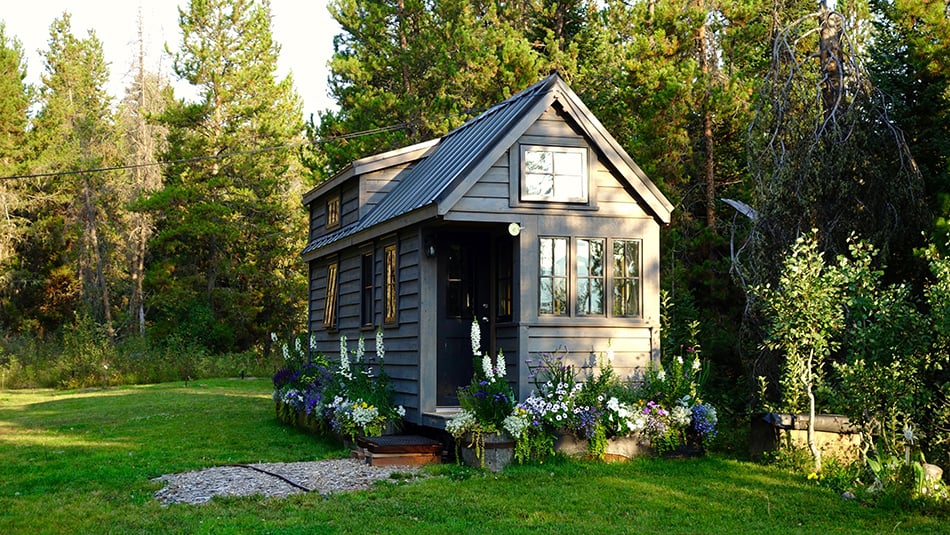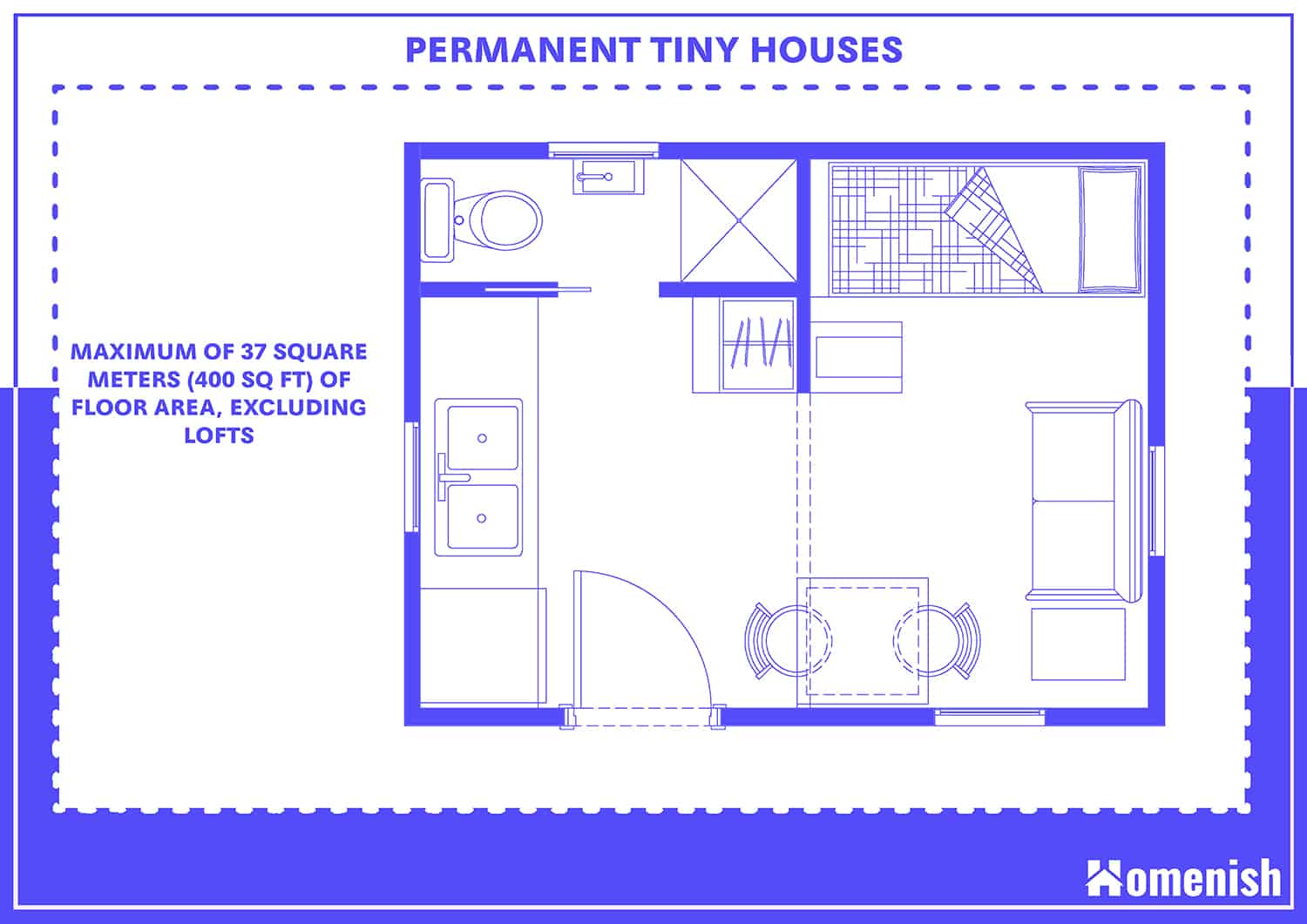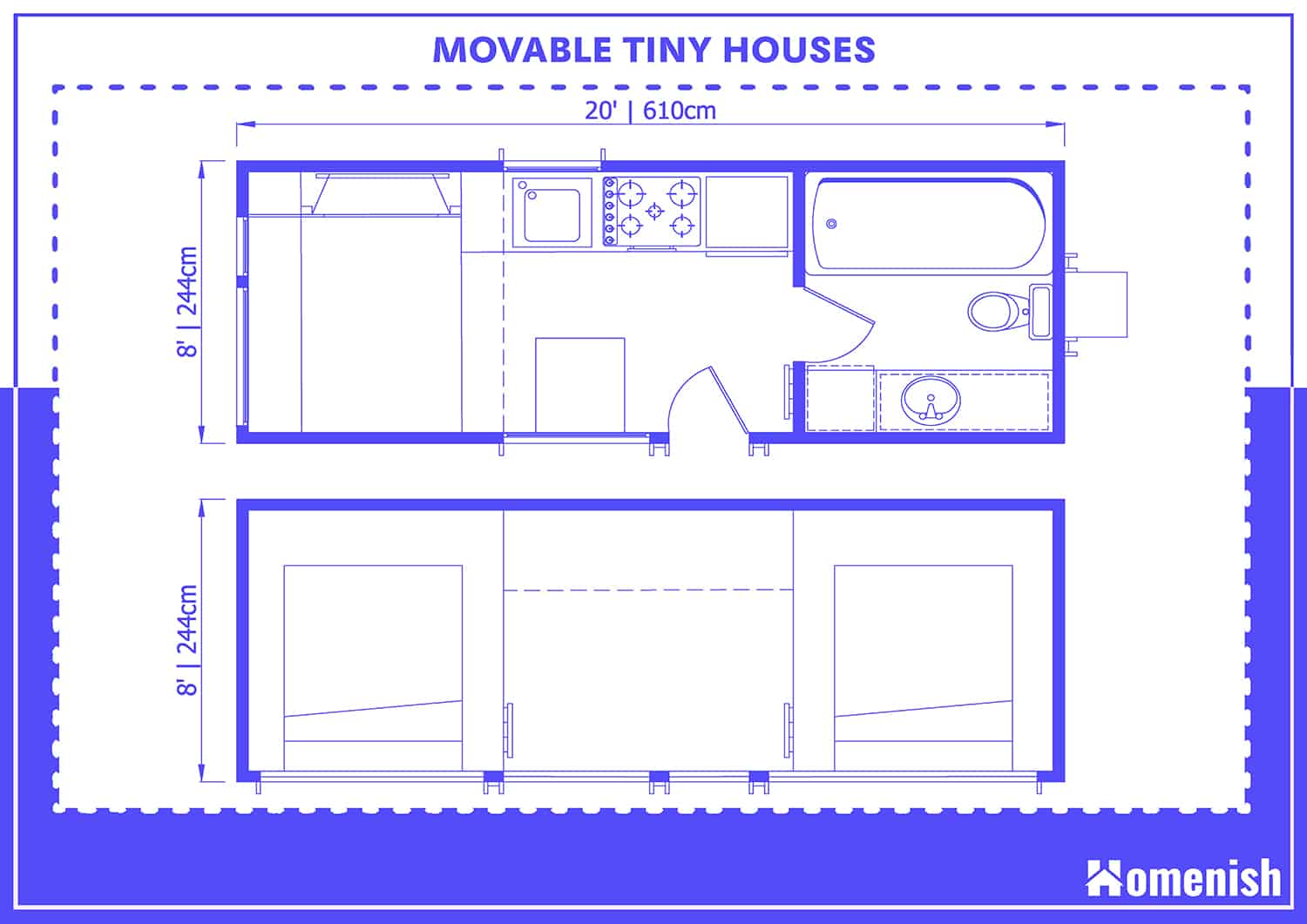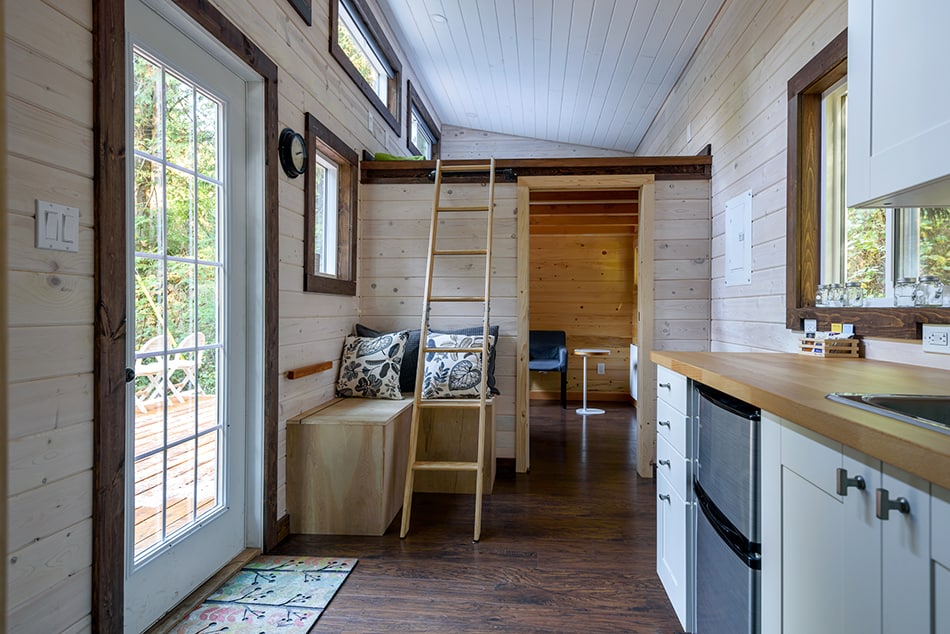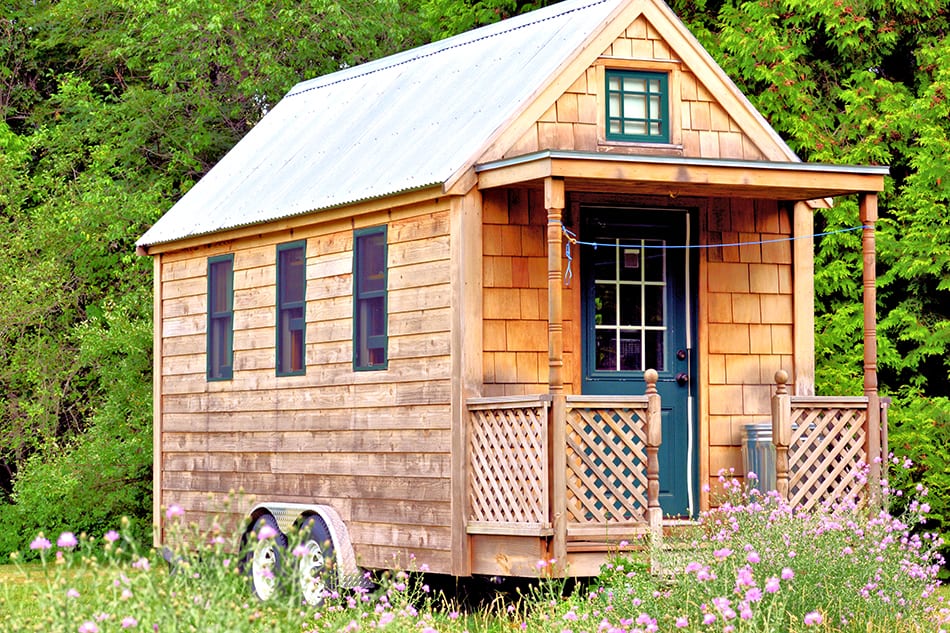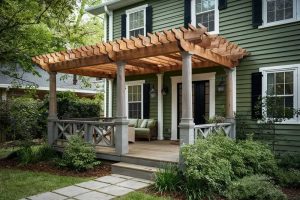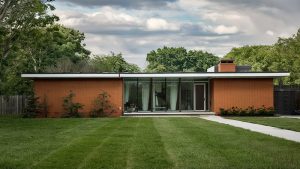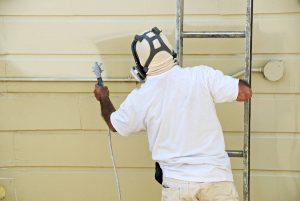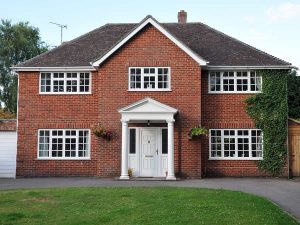The tiny-house movement is known to have started in the 70s and paved the way to one of the most intriguing modern-day living lifestyles. While many are intrigued by grandiose elegant houses that are tucked comfortably between hills and elite neighborhoods, there’s a lot to be said about the captivating establishment of tiny houses.
Some people, also known as nomads, opt to lead a simple, eco-friendly lifestyle, and this is shown through the homes they live in. Tiny house communities are growing vastly over the years, with multiple communities embracing this way of life and more legal statutes drawn to legalize these establishments.
Tiny houses can be built like any other house, permanent and built to the ground, but most prefer the mobile houses that run on a trailer and function like an RV. The question of how big is too big for a tiny house gets asked a lot because there are legal constraints, especially for mobile houses.
If you need a straightforward answer, here it is.
- Permanent tiny house: According to the 2018 international residential code, tiny houses must have a maximum of 37 square meters (400 sq ft) of floor area, excluding lofts
- Movable tiny house: The right measurements vary from country to country, but the average dimensions are at less than 8 by 20 ft (2.4 by 6.1 meters)
Permanent Tiny House Dimensions
If you’re building a tiny house with permanency like that of a normal house, then the legal dimensions might not deter your advancements. However, the 2018 international residential code stipulates dwelling of tiny houses to have a maximum of 37 square meters (400 sq ft) of floor area, excluding lofts. Additionally, since this style of living is rooted in humble living, then minimalism is paramount; otherwise, it beats the purpose of the entire concept.
Movable Tiny House Dimensions
While historically and practically nomads are known to move around as an efficient way of looking for scarce resources, modern-day nomads choose the mobile lifestyle, and therefore the tiny house of wheels community is a massive one. Movable houses have more legal restrictions because they pose health and safety hazards. These are riddled with permits that must be met following Government Transport departments. You should endeavor to know the accepted dimensions before purchasing a tiny mobile house or building one for yourself.
For a tiny house on wheels, the trailer sets the tone for your measurements. The right measurements vary from country to country, but the average is at less than 8 by 20 ft (2.4 by 6.1 meters). Road limits will determine your width, and also, if you’re eligible for temporary oversize permits, then you may opt for this to get more floor space.
Essentials for a Tiny House
If you’re looking to adjust to your daily living and opting for tiny houses, then the mobile one is ideal and will fit the minimalistic purpose you desire. Here are a couple of tips to keep in mind while making this decision.
Practical furniture
This goes without saying, but your typical couch or table in a normal-sized house will not apply here. You could opt for a sofa bed or even no couch at all and have simple one-seater comfy chairs. For tables, you can install a foldable table that pulls out when you want to work or have a meal and pushed back into the wall to allow legroom around your couch.
The toilet
This is one of the most daunting aspects for new tiny house owners. No one wants to deal with a foul smell from a toilet; therefore, this should be at the very top of your budgeting list. All this comes down to your preference and, largely, your budget. You can have traditional flushing toilets or composting options for mobile houses. Some may choose to go DIY with buckets which may not be fancy, but it gets the job done.
Ample shelving
Space utilization is of the essence, so no stone should be left unturned. Your designer should be able to improvise shelves onto free spaces such as underneath the staircase, above the toilet, wired racks under shelves, and any other available spaces.
Magnetic spice rack
This might never cross your mind, but since the kitchen is one of the most active rooms in a normal house, this too will apply to a tiny one. This rack can be attached to the wall and the spices in small jars drawn to the magnetic jar that holds them, leaving space for other kitchen items like utensils, dry foods, and the like.
Big windows
Staying in a tiny house can easily get claustrophobic, so having one massive window in your living area or bedroom will not only usher in a lot of natural light but will also brighten up your mood and make the house a lot airier. Ensure to have this installed, as it will give you the feel of a normal-sized home while on the road.
Storage solutions
You can’t have enough storage compartments in your tiny house because going small doesn’t mean your valued possessions minimize; therefore, storage is of the essence. Storage is a complete lifesaver; that’s why many homeowners yearn and envy people with large closets or pantries. You can have indoor and outdoor benches with storage underneath and also have compartments above your bed, underneath your couch, and various other areas. This storage can be built like drawers, or even wicker baskets can do the trick.
Design
While your house may be tiny, it doesn’t have to look dated unless that’s the look you’re going for. You can go modern with elegant and earthy designs using white painted walls to make the house appear bigger. Home accessories like throw blankets, mini plants, and beautiful lamps will brighten up the room, making it more inviting to live in. Since multiple tiny homes are mobile and encompassed by natural vegetation, having wooden aesthetics or finishes in your design, both inside and outside, will make your home stand out considerably.
What to Know Before Purchase
Just like you would any other house, you’ll purchase or rent, you need to know the semantics involved in owning these houses, especially since they are rare. We have compiled tips to guide your judgment and decision in your desired evolution.
Tiny house living isn’t for everyone
On YouTube, tiny houses are portrayed as these beautiful and adaptable houses that perhaps anyone can live in; however, it takes a simple type of person to adapt to this kind of living. Henceforth, before committing to purchasing this house, rent a mobile house for a weekend or the entire week and get firsthand experience living a minimalist life.
Parking space can be challenging
For houses on wheels, parking options can become a nightmare, and you may drown in permits and regulations that could make the entire experience inconvenient. It falls upon you to know your legal restrictions before purchase to ensure your house doesn’t get seized.
Tiny homes are difficult to clean
You think cleaning day is dreadful, try keeping a small house tidy and clean; it can get tiring. Don’t let Pinterest images fool you; the clutter that accumulates in these rooms can be overwhelming; therefore, you need to have your tidying and cleaning schedules in check.
A front porch
A porch is probably unimaginable in this setting but if you’re building your tiny house yourself, consider having a small outdoor space. You can use the benches outside as extra storage rooms, and you’ll also be able to host friends and family to have a meal. Since porches are a rarity, it will only be practical if you have the needed permits for parking spaces or perhaps own the land or are renting the land where you are parked.
Temperatures aren’t easily controlled
Since the essence of this lifestyle is saving on energy, air conditioners and heaters have no place in these homes. Accordingly, when constructing your house put into play your location and prevalent weather conditions. If you’re set up in an area with low temperatures, then investing in a tiny fireplace is ideal, and for the hot periods, the large airy windows will come in handy.
Learning basic survival skills
This type of living is probably the pompous version of camping. Therefore survival skills in plumbing, electricals, and the like should come as second nature to you, as these skills provide ease in the lifestyle transition.
Tiny houses aren’t as mobile as you think
You may have seen movable tiny houses on the road and assumed they were easy to move around and operate, but that isn’t the case. Houses that are too wide or heavy become difficult to transport, thus making typical RVs more appropriate for movement as they are technically built to support this.
The tiny house movement is embraced more and more every year, and media houses, together with content creators, are covering stories on the benefits of living in modest and simple homes. This has shifted various people’s minds towards this nomadic way of living. With building expenses going as low as $5000 per house, these styled houses have been a stepping stone for homeless people and people with low budgets to have roofs over their heads.
It’s important to remember that tiny houses are a movement, and just like any movement, they uphold certain ideals.
